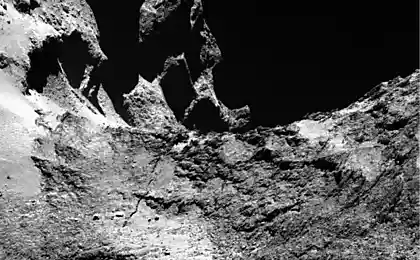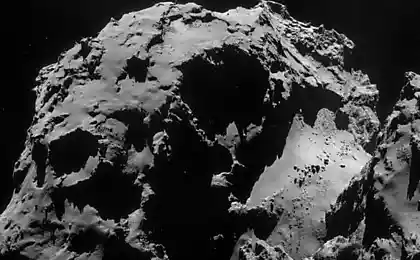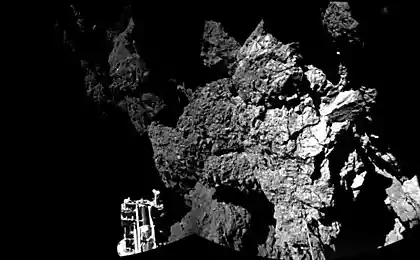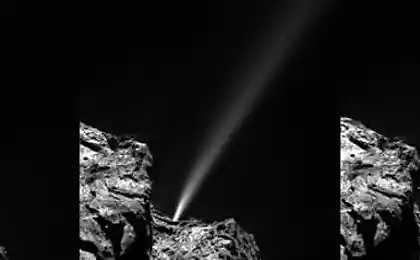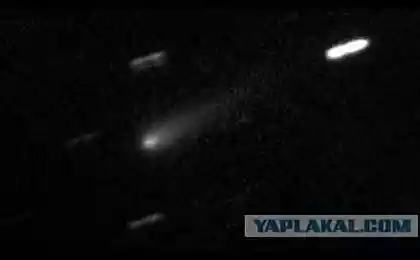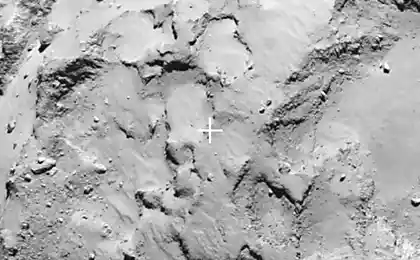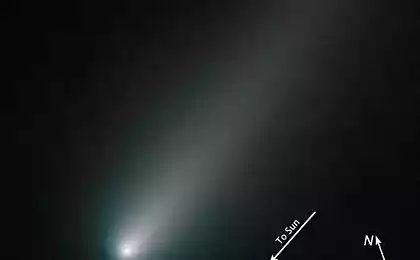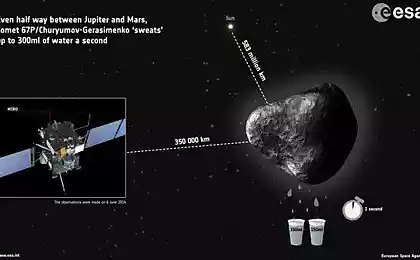Philae probe went into operation, and transmits the data back to Earth (updated)
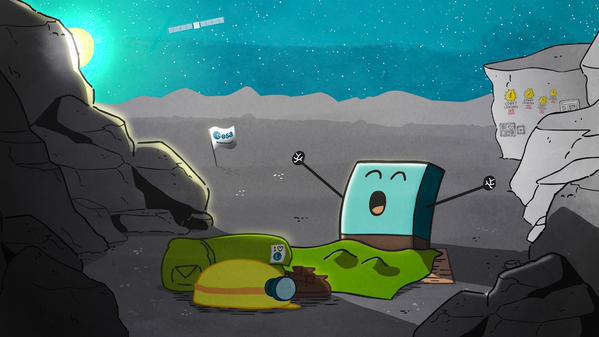
The first after the break signal probe Philae was received on June 13 . Communication session lasted about 85 seconds, during which time the project team took about 300 data packets. At present, the temperature of the probe rose to -35C, the unit is functioning properly, the necessary amount of energy to operate - 24 watts.
It is worth noting that the main module of the probe worked during hibernation. Now it became clear that the probe has accumulated a large amount of data for their arrival to Earth Philae will have to pass more than 8,000 packets of data. This, scientists believe, is going to happen during the next session.
Hello Earth! Can you hear me? #WakeUpPhilae - Philae Lander (@ Philae2014) June 14, 2015 blockquote>
Upon receipt of all the accumulated probe data, scientists hope to understand what happened with the device, and what happened around the probe during its' hibernation ».
Hello @ Philae2014 ! You've had a long sleep, about 7 months! - ESA Rosetta Mission (ESA_Rosetta) June 14, 2015 blockquote >
As for the mission, the last week, representatives of the project team interplanetary probe Rosetta made a proposal to put the unit on a comet next year, completing, Thus, the mission of the device. August 13 the comet Churyumov-Gerasimenko closer to the Sun at a minimum distance of 186 million km, and then pulls away, continuing their way around the world (full turn takes about 6, 5 years).
Currently, the mission will be complete in December 2015, simply turning off the machine until the team could begin work on new projects. But now the plan proposes to amend, allowing Rosetta comet closer to spiral downward, so that the station until the end of the work (possibly before September 2016 - on condition the allocation of additional funds for the project) photographed the comet and additional measurements. < br />
By the way, the location of the machine with a high degree of probability, team found , which has long been engaged in the search for Philae. A team of specialists, which has been analyzing images instrument OSIRIS, discovered a few bright spots in a region where, according to scientists, the device and should be. One of the bright spots is just a few meters outside the "probability of an ellipse."
One of the spots after a detailed study using a number of image processing technology, it becomes more distinguishable:
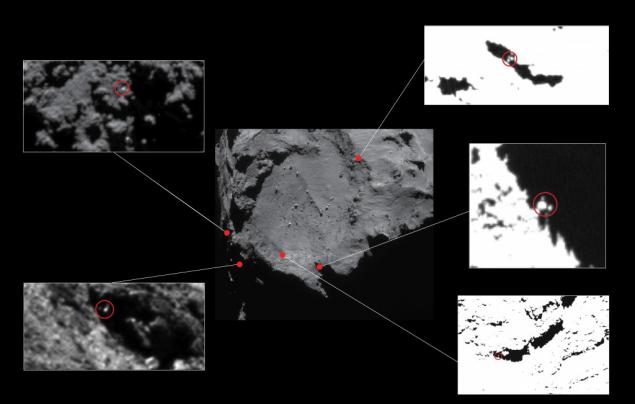
Whatever it was, there is very little time to clarify the situation - this post will be updated regularly.
Source: geektimes.ru/post/251938/







